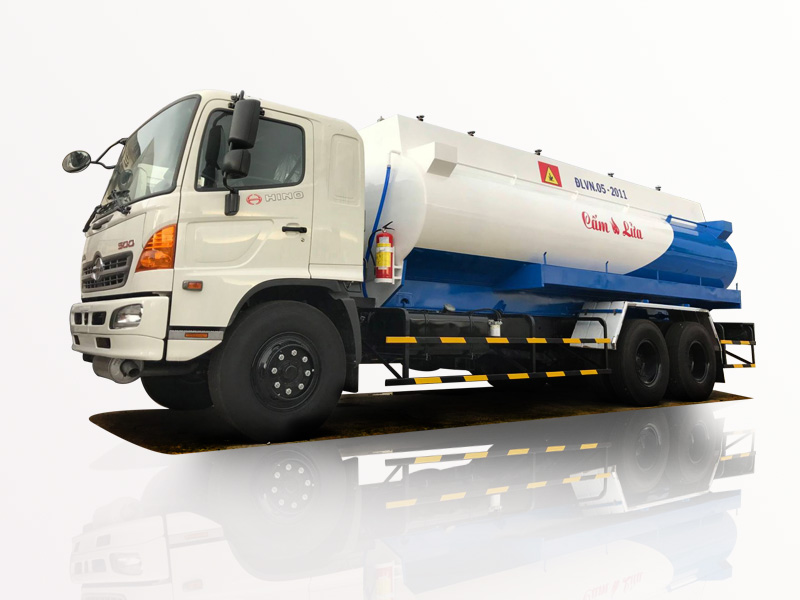Introduction
The Peterbilt 330 is a versatile medium-duty truck known for its reliability and performance. With its distinctive style and robust specifications, it has become a favorite among fleets and independent owners alike. This article delves into the comprehensive specifications of the Peterbilt 330, providing insights into its capabilities, features, and practical applications.
General Overview of the Peterbilt 330
The Peterbilt 330 is built to serve various industries, offering flexibility and durability. Designed for both city and highway driving, this model balances performance with fuel efficiency. Let’s explore the specifications that make the Peterbilt 330 stand out.
Key Features
- Medium-duty truck design available in several configurations
- Available with a range of engine options
- Ergonomic interior designed for comfort
- Performance-oriented chassis
- Customizable with various add-ons and accessories
External Specifications
Understanding the external specifications of the Peterbilt 330 helps identify its suitability for various applications. Below are key external dimensions and features.
Dimensions
| Specification | Measurement |
|---|---|
| Length | Approximately 21 to 27 feet |
| Width | Approximately 96 inches |
| Height | Approximately 10 feet |
| Wheelbase | Variable, 186 to 272 inches |
| Turning Radius | Approximately 24.5 feet |
Weight Ratings
The Peterbilt 330 comes with various weight ratings according to the configuration chosen:
- Gross Vehicle Weight Rating (GVWR): Up to 33,000 lbs
- Payload Capacity: Varies depending on configuration
Powertrain Specifications
The powertrain is integral to the Peterbilt 330’s performance, ensuring smooth operation and adaptability.
Engine Options
The Peterbilt 330 offers several engine options, each designed to deliver exceptional power and efficiency.
| Engine Model | Horsepower | Torque | Fuel Type |
|---|---|---|---|
| Cummins B6.7 | 200-300 hp | 520 lb-ft | Diesel |
| PACCAR PX-7 | 260-350 hp | 660 lb-ft | Diesel |
Transmission Options
Transmission options for the Peterbilt 330 include automatic and manual choices to suit different driving preferences.
- Allison 2000 Series Automatic Transmission
- Eaton Manual Transmission
Chassis and Suspension
The chassis and suspension systems of the Peterbilt 330 significantly influence its load capacity and ride quality.
Chassis Structure
The steel chassis provides strength and flexibility, allowing for various configurations, including box trucks, flatbeds, and more.
Suspension System
| Type | Details |
|---|---|
| Front Suspension | Parabolic leaf suspension |
| Rear Suspension | Air suspension, offering adjustable ride height |
Interior Comfort and Technology
Comfort and practicality define the interior of the Peterbilt 330, making it suitable for long hauls.
Driver’s Area
- Ergonomically designed seats with adjustable lumbar support
- Spacious dashboard with all central controls at arm’s reach
- Quality sound insulation for a quieter cabin experience
Technology Features
Modern technology in the Peterbilt 330 enhances driving experience and safety.
- Advanced Navigation Systems
- Bluetooth Connectivity
- Rearview Camera Systems
- Telematics Options for fleet management
Safety Features
Safety is a priority in the design of the Peterbilt 330, ensuring that both the driver and cargo are protected.
Standard Safety Features
- Anti-lock Braking System (ABS)
- Stability Control
- Collapsible steering column
- Airbag for driver
Optional Advanced Safety Systems
- Lane Departure Warning
- Collision Mitigation Systems
Common Applications for Peterbilt 330
The versatility of the Peterbilt 330 allows it to adapt to various applications. Below are some common uses.
Delivery and Logistics
Due to its medium-duty classification, the Peterbilt 330 is ideal for local deliveries and logistics transport.
Construction
With its robust build and flexible configurations, it serves as an excellent platform for construction needs.
Waste Management
The Peterbilt 330 is commonly used in waste management trucks given its strong weight capacity and durability.
Maintenance Tips for Peterbilt 330
Maintaining your Peterbilt 330 ensures longevity and optimal performance. Here are some practical tips.
Regular Inspections
Schedule regular inspections to check for:
- Fluid levels (oil, coolant, hydraulic)
- Tire pressure and tread depth
- Brake performance
Routine Maintenance
Implement a maintenance schedule that includes:
- Oil changes every 5,000 to 7,000 miles
- Fuel filter replacements as needed
- Inspecting belts and hoses regularly to prevent failures
Peterbilt 330 Model Variants
There are several variants of the Peterbilt 330 to meet diverse needs. Here’s a brief overview.
Configurations Available
- Standard Cargo Truck
- Box Truck Option
- Chassis Cab for custom body installations
Customization Options
Various customization options exist, including:
- Different axle configurations
- Paint and graphic designs
- Additional storage or equipment racks
FAQ
What is the fuel efficiency of the Peterbilt 330?
The fuel efficiency varies based on the engine and load but typically ranges from 8 to 12 miles per gallon.
Can the Peterbilt 330 be used for long-haul trucking?
While it is better suited for medium-duty applications, with the right setup, it can handle long-haul transport.
What certifications does the Peterbilt 330 meet?
The Peterbilt 330 meets EPA emissions standards and is equipped with safety features reviewed and certified by relevant authorities.
Is financing available for purchasing a Peterbilt 330?
Yes, many dealerships offer financing options tailored to individual worker needs and commercial buyers.
Does Peterbilt offer warranties for the 330 model?
Yes, Peterbilt provides warranties that cover various components, typically ranging from one to five years depending on the choice of parts and services.
What is the maximum payload for a Peterbilt 330?
The maximum payload can vary based on the truck’s configuration but can handle upwards of 18,000 lbs when fully equipped.





